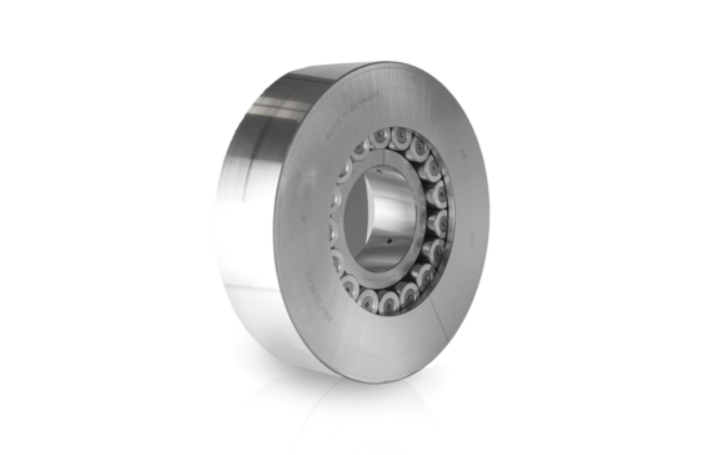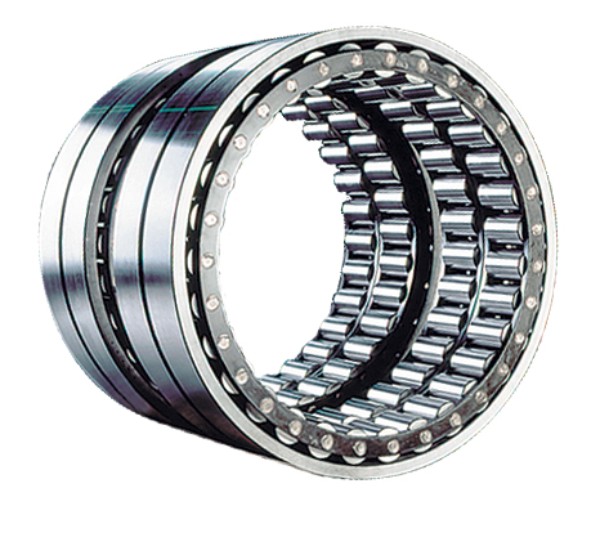Newsroom
How do steel mills choose suitable rolling mill bearings?
2019-09-13After understanding the rolling mill bearings and their respective operating environments, we can analyze the causes of bearing failure. Through multiple comparisons and observations of rolling mill bearings, the following factors can lead to bearing damage.
1. Excessive Radial Load
(1) Support Roller Bearings

Support roller bearings can withstand rolling forces of up to 5000 kN. However, due to variations in the shape of the raw material plates (such as significant longitudinal thickness differences and transverse wedge shapes), frequent instantaneous high loads can occur under a given pressure. This can cause the rolling force to exceed the design capacity, leading to overload operation and significantly reducing the bearing's lifespan. Additionally, due to the wedge shape of the raw materials, large unilateral loads can occur, causing the unilateral rolling bearings to bear excessive rolling forces, resulting in rolling body fractures and cage damage, thereby shortening the bearing's service life.
(2) Four Row Cylindrical Roller Bearings

Working roller bearings typically bear radial forces that are a combination of bending and tension forces. Due to the poor shape of the raw materials, additional bending forces must be applied to the working rollers during the rolling process. The bending force on the rollers affects the bearing seat, causing the working rollers to deform, which can improve the shape of the rolled steel strip. However, the application of bending forces can lead to uneven load distribution on the bearings. Four-row cylindrical roller bearings only bear loads on the inner and outer two rows of rolling elements, significantly reducing the bearing's load capacity and causing wear on the inner and outer raceways, ultimately leading to bearing failure.
2. Neglecting Axial Load
Compared to rolling force, the axial load acting on the working rollers is often overlooked, yet it is one of the main factors contributing to working roller bearing damage. It is generally believed that the axial force is 1%-2% of the rolling force, but in practice, the axial force in rolling mills often exceeds 5%, leading to roller displacement, breakage of axial fixing bolts, and interruptions in rolling, or causing the bearings to burn out and fail. The reasons for axial force on the rollers are numerous, including misalignment of roller axes, asymmetrical rolling, deviations in rolling force, curvature of the rolled piece, sensitivity to wedges, and influences from the drive system. However, the primary cause of axial movement of the rollers is the intersection point between the rollers, particularly at the axis intersection of the drive rollers.
3. Poor Sealing Performance of Bearing Seats
To absorb the heat generated from rolling deformation and reduce rolling loads, emulsions are widely used in cold rolling production, causing the bearing seats to be constantly surrounded by emulsions. These liquids contain tiny metallic particles, acidic substances, and other impurities. Once these harmful liquids and solid particles enter the bearings, they not only affect the performance of the lubricants and destroy the oil film formed but also directly cause abrasive wear, leading to premature fatigue and failure of the bearings.


